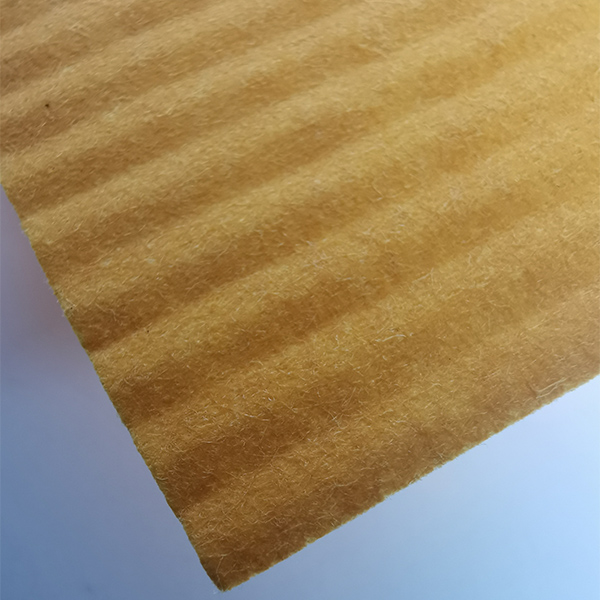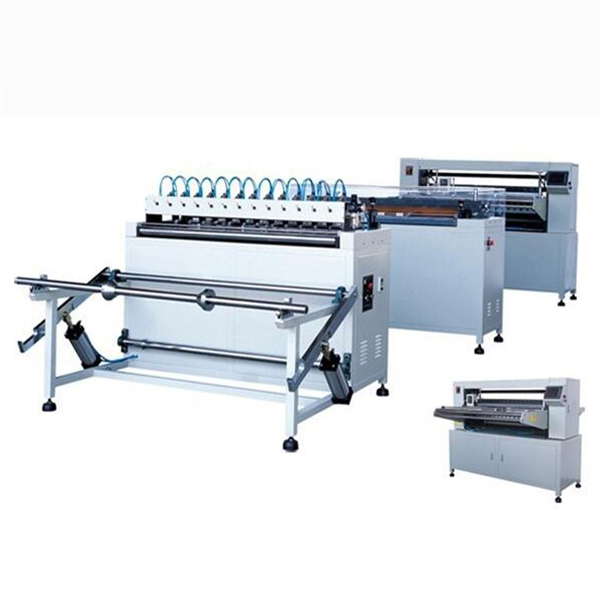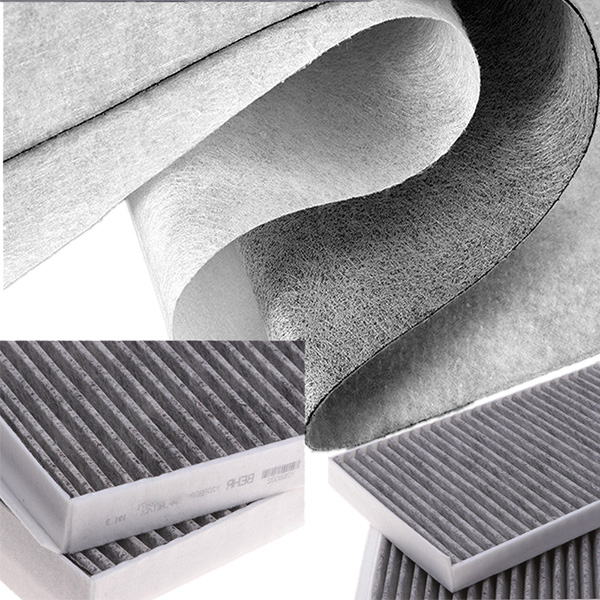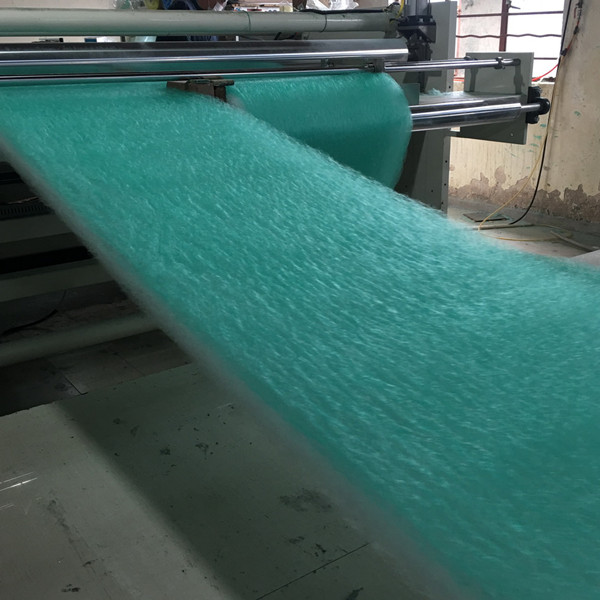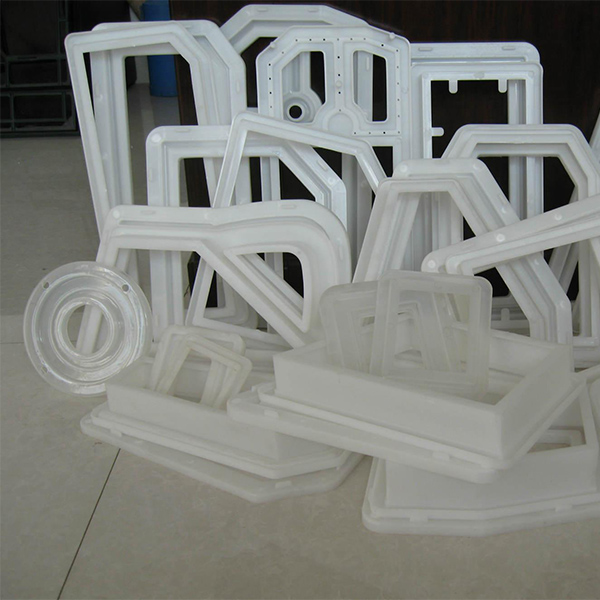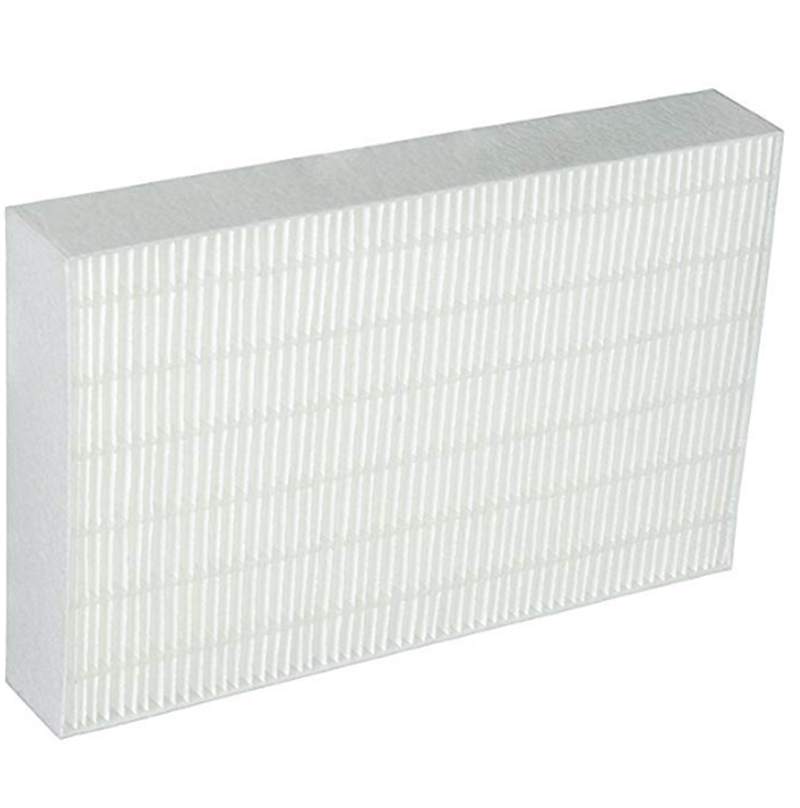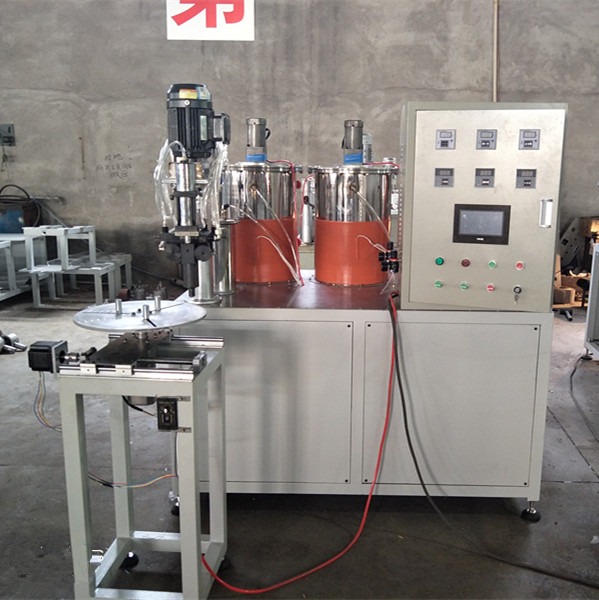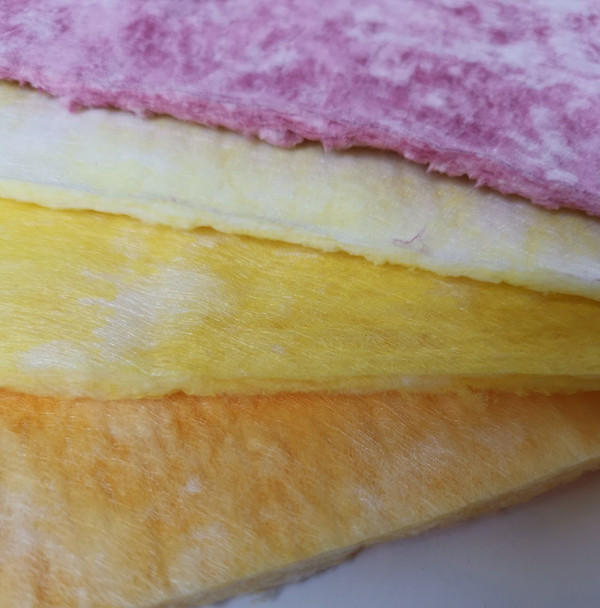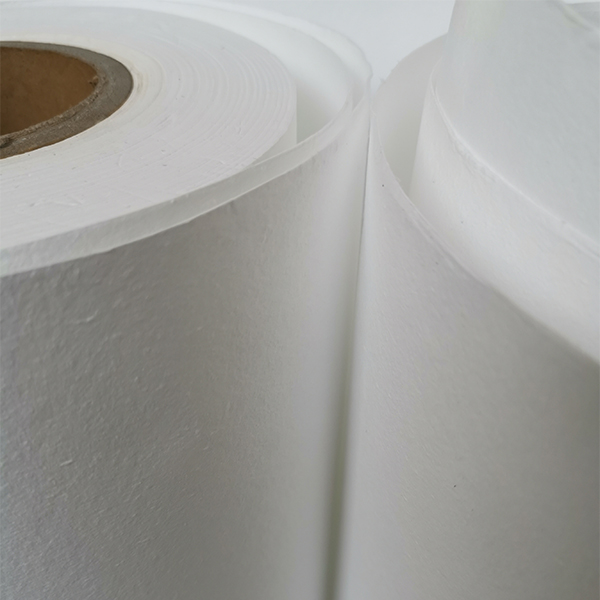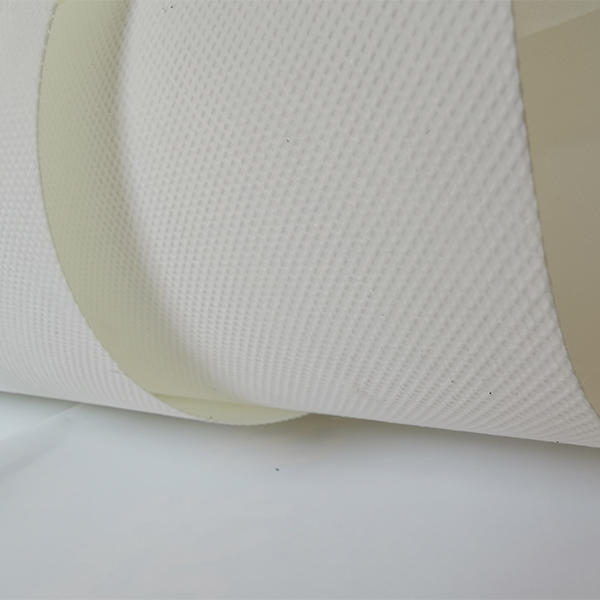What I’m Seeing in Fuel Filtration: Notes from the Shop Floor and the Lab
I’ve spent a ridiculous amount of time around diesel workshops and filter labs, and I’ll be honest: paper still does a lot of the heavy lifting in modern fuel systems. If you’re sizing media for common-rail engines or just trying to stop injector wear, Fuel Filter Paper isn’t a commodity anymore—it’s engineered, tested, and quietly evolving.
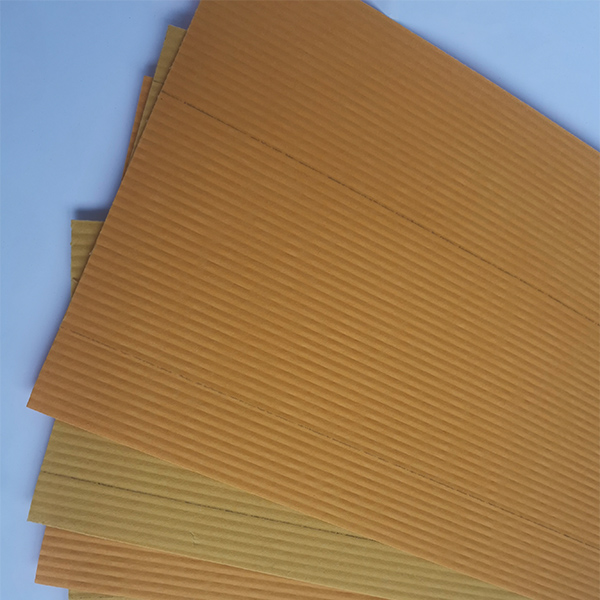
Industry trend check
Tighter injector tolerances, ULSD/biodiesel blends, and longer service intervals are pushing media toward finer, more uniform pore structures. Composites—cellulose plus melt-blown layers—are becoming the default in heavy-duty. Water separation coatings are back in fashion because, surprisingly, fuel cleanliness has improved, but water ingress hasn’t disappeared.
What this media is made of (and why it matters)
Core construction is cellulose, sometimes composited with melt-blown fibrous layers, acrylic resin cured for wet strength and pleat stability. This gives Fuel Filter Paper high dirt-holding capacity without collapsing under differential pressure spikes. The manufacturer I visited in Shijiazhuang—No.580 Gongnong Road, Hebei—runs consistent resin add-on and caliper control. Many customers say that consistency is the real value.

Product specs (typical)
| Material | Cellulose or cellulose + melt-blown composite |
| Resin | Acrylic (wet strength, pleat stability) |
| Basis weight | ≈ 90–350 g/m² |
| Air permeability | ≈ 35–240 L/m²·s (real-world use may vary) |
| Target efficiency | Up to 99%+ at 10–15 μm with composite grades |
| Beta rating (indicative) | β10 ≥ 200 (ISO 19438 multipass, lab data) |
Testing and certification: ISO 4020 and ISO 19438 are the anchors. I’ve seen runs also cross-checked with ISO 16889 for multipass methodology, ASTM D5452 for fuel cleanliness, and EN 590 compliance on diesel reference fuels. Plants usually carry ISO 9001 and often IATF 16949; ask for the audit dates—little detail, big signal.

Where it’s used (quick map)
- Passenger diesel and GDI gasoline (E10 compatible, check coatings for E20)
- Heavy-duty trucks, off-road, construction, ag, gensets, and light marine
- Biodiesel up to B20—verify water separation if B100 is in play
Service life: around 10,000–40,000 km in passenger cars, 250–500 hours off-road, and 500–1,000 hours for gensets if fuel quality is stable. However, contaminated tanks will shred any schedule.
Process flow in brief
Pulp prep → wet forming → resin impregnation (acrylic) → curing → calendering → slitting → pleat simulation → QC (Gurley/air perm, thickness, tensile, pore size) → multipass validation (ISO 19438) → packaging. Test data I saw: initial Δp ≈ 6–10 kPa at 200 L/m²·s; dust holding ≈ 15–25 g/m² on ACFTD; separation efficiency 99.5% @ 15 μm in composite grades. Your mileage may vary with pleat count and potting.

Advantages I’ve observed
- Predictable pleatability; low crack risk on tight radii
- Good wet strength—resin system holds under cold-start surges
- Customizable pore gradient for dirt loading vs. restriction trade-offs
Vendor snapshot (buyer notes)
| Vendor | Range | Lead Time | Certs | Notes |
|---|---|---|---|---|
| Anya Filter Media (Hebei) | 90–350 g/m²; cellulose & composite | ≈ 2–4 weeks | ISO 9001, IATF 16949 | Strong QC, flexible MOQ, helpful lab reports |
| Vendor B (regional) | 120–280 g/m² | ≈ 4–6 weeks | ISO 9001 | Budget pricing; limited composites |
| Vendor C (global) | 100–320 g/m² + hydrophobic coatings | ≈ 6–8 weeks | IATF 16949 | Premium, excellent water separation |
Customization tips
When you order Fuel Filter Paper, specify target microns (β10/β15), air perm window, caliper, resin add-on, pleat height, and whether you need hydrophobic/hydrophilic dual-layer for water separation. For E10/E20 gasolines, ask about anti-swelling resin tweaks.
Two quick case notes
Fleet retrofit: A regional hauler moved to composite Fuel Filter Paper and extended intervals from 20k to 35k km; Δp rise slowed 28% on ISO 19438 dust. Drivers noticed fewer cold-start stumbles.
Genset in coastal site: With hydrophobic top-coat, water separation ticked up ~12% (per ISO 4020), cutting injector complaints in rainy season.

Citations:
- ISO 19438: Diesel fuel filters — Multi-pass test.
- ISO 4020: Road vehicles — Fuel filters for diesel engines — Test methods.
- ISO 16889: Hydraulic fluid power filters — Multi-pass method.
- ASTM D5452: Particulate contamination in aviation turbine fuels by membrane filtration; EN 590: Automotive diesel fuel — Requirements.
Post time: Nov-07-2025




